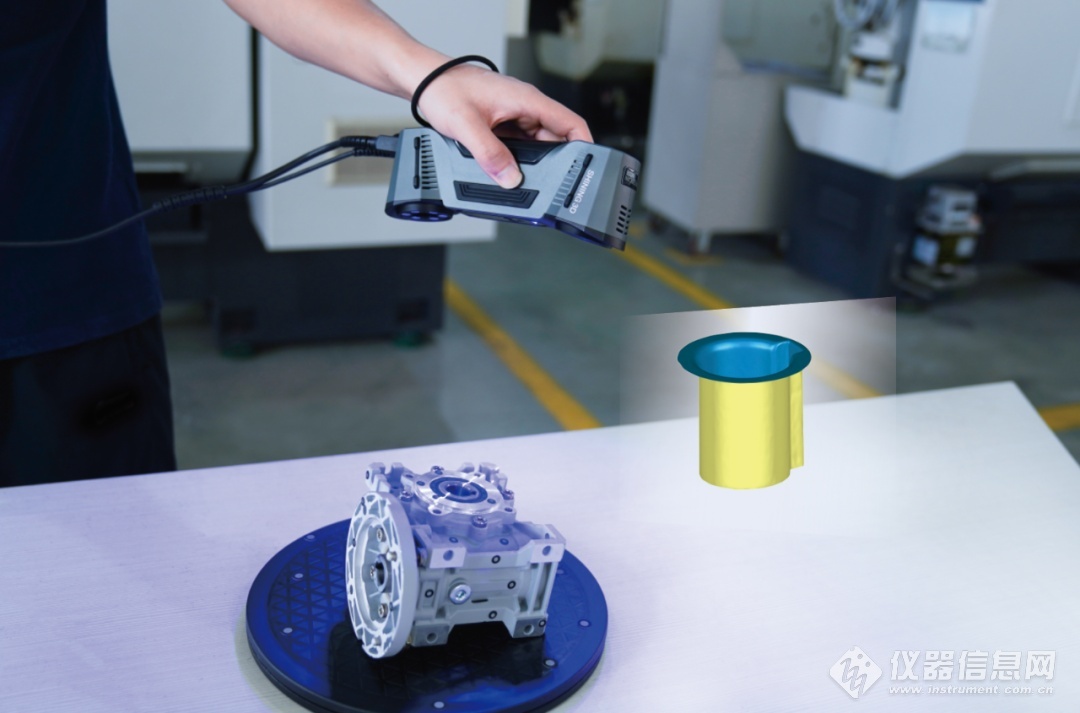3DPO’s guide to troubleshooting your 3D printer fails
3D printing is an invaluable tool for engineers, dentists, designers, and many other industries. However, 3d printers have a reputation of being difficult to troubleshoot. In this blog post, 3DPO’S Guide to Troubleshooting your 3D Printer Fails, we will cover some of the most common issues that arise when using your 3D printer and how best to resolve them. They are the most frequent problems that we commonly encounter in phone calls from our customers and in our online 3D printing service. Our team has many years of experience in diagnosing and resolving printer errors, so read on for great advice on getting perfect prints!
Warping
Causes: Warping is when the first layer of the print is deformed and detaches from the printing surface. The cause is the contraction of the layers as they settle and cool on top of each other. The upper layers contract and pull on the lower layers. The effect accumulates in the outermost areas of the print, and that’s where they detach from the bed. This may cause the entire print to fail eventually. Another common cause of warping is that your nozzle isn’t at the right height from the bed, so there’s too much heat on one side and not enough on the other, and this causes an uneven cooling effect.
Solution: If your 3D printer has a heated bed, make sure the nozzle is at the correct height from it. If you are printing without one, try to increase your print speed to cool down faster or place an object inside the print chamber, such as a paper towel that can absorb some heat and even out its cooling.
While using a heated bed can keep the bottom layers of your print warm, it may not be able to keep the upper layers of the part from contracting once you start printing bigger objects. In this case, you may find it helps if you put your printer inside an enclosure that can regulate the temperature of the entire build volume.
3DPO’s guide to troubleshooting your 3D printer fails, recommends the Creality Large Enclosure
Cracking or delamination
Causes: Cracking is when the layers of a print are not joined well, resulting in separated layers. This problem can be caused by two things: The layers do not stick properly to each other. Another cause could be thermal shrinkage. This is when the layers stick together fine, but a difference in temperature between the layers of the print causes it to be deformed, which can then cause separation. Alternatively, the filament might have been a little too hot when it was extruded from the nozzle, or there may not be enough adhesive on it.
Solution: Hot end temperature is your first thing to check – try reducing this by up to five degrees Celsius and see if that helps. If you are printing with PLA, also make sure the filament is a low-temperature PLA.
Use a heated bed; some printers do not have a heated bed, and unfortunately, it can be a recipe for repeated issues of warping and cracking. If you are using ABS, a heated bed is essential, and it must be set to 60-65 degrees Celsius. If the temperature of your extruder was too high, move the print head away from the build plate so that it cools down before printing again. Another solution is to recalibrate the height of the first layer (bring the head closer to the bed) and control the temperature of the room you are printing in.
If the issue still persists, try using another type of material. If you are printing with ABS, then change to PETG or Nylon, for example.
3D Printers Online recommends the 3DPO PETG Filament
Stringing
Stringing is one of the most common issues that occur in 3D printing, so don’t worry, it’s completely normal, and it’s actually easy to solve.
Cause: If the nozzle has to move across a void without printing anything, plastic strings can form where the melted filament oozes out and then cools quickly. When it solidifies, it leaves behind thin plastic strings, making the entire print a failure.
Solution: The most effective way to avoid stringing and oozing is by having good retraction settings. A good retraction length is around 3mm, and a good retraction speed is 50mm/s. Try decreasing your printing temperature to help the filament be less runny, which reduces the occurrence of stringing and oozing.
Elephant’s foot
Cause: When your print has a bulging first layer, this is sometimes referred to as ‘Elephant’s foot’. This is usually caused by the printer bed temperature being too high, so the first layer doesn’t have enough time to cool down before the other layers are printed on top. This causes the first layer to bulge out.
Solution: Decreasing the bed temperature usually reduces this issue. The lower the temperature you can print at, the more chance the first layers have of cooling down properly. If this fails to correct the problem, try increasing the nozzle to bed distance slightly. It may also help if you increase the cooling fan speed if it is not at 100%.
Over Extrusion
Causes: Another common issue is over extrusion. Over extrusion occurs when your 3D printer tries to push out too much filament too fast. This causes a jam in the end of the nozzle. This blockage builds up until the hotend stops extruding, causing the print to fail and be unfinished.
Solution: Firstly, the key to preventing over extrusion is to slightly lower the printer’s extruder temperature. This controls how quickly the filament can pass through the nozzle, since it requires a little more time for it to be melted. You should also check that you are using the correct size nozzle for the filament you are currently printing with. You must also set the right filament diameter in your slicer software. Use a calliper to measure the filament and calculate its average width. To create high-quality prints, be sure to measure the thickness of filament and choose a filament that meets your dimensional requirements.
Z-Wobble
Cause: Z-wobble is when your 3D print has lines across it that make a zigzag pattern. This problem occurs because the nozzle was not precisely aimed at the previous layer, and so there’s too much going on in one spot, which can cause trouble with adhesion or warping.
Solution: Try rotating the object by 45 degrees and then reprinting it. If this trouble still persists, you might need to calibrate the nozzle height manually and try printing at a lower speed – if the hot end temperature is too high, that can sometimes cause trouble with adhesion or warping.
Print Not Sticking to Print Bed
Cause: The print just doesn’t stick to the print platform. The filament needs a textured base in order to adhere. To fix the problem, you must improve the surface area. One of the most common 3d printer errors is having an unleveled platform. If the printer’s platform is uneven, your nozzle won’t be close enough to your platform for some parts of the print.
Solution: To ensure the filament will bond to the platform, you need to adjust the bed texture. A common solution is to use a glue stick to apply a thin layer of glue to the print bed and then wash it away afterwards with hot water. Another thing to remember is to always ensure your print bed is clean. Oil and dust particles can affect bed adhesion. If you touch your print bed during set-up, then remember to quickly wipe it with alcohol to remove any oil that came from your fingers before you commence printing. Again using an enclosure can help to minimise these issues.
Clogged Nozzle
Cause: The nozzle on your 3D printer has become clogged. Clogged nozzles can happen for a number of reasons. Here are the most common reasons we’ve experienced and heard from our customers. The extrusion temperature was too high, or the nozzle distance to the print bed was too close. The printer was left on and inactive with a heated nozzle. Dust and dirt might have been pulled into the now clogged extruder HotEnd. The filament was contaminated (cheap/low quality), or the nozzle has not been regularly cleaned, and build-up has occurred.
To check if the nozzle is blocked, disconnect the extruder gear lever and manually push the filament through. If it is hard to push through, curls at the end of the filament, or won’t come out at all, then it is blocked. Don’t press it through too hard though; it shouldn’t take too much force.
Solution: You might be able to unclog the nozzle with a wire brush or by manually unclogging the nozzle using tools like needle-nose pliers. If none of these work for you, then you will have to remove the nozzle for cleaning. First, you will have to unload the filament. Then remove the nozzle and soak in acetone for about 15 minutes. This will dissolve any clogged filament. Then wipe it clean with a paper towel. Then use pliers to hold the nozzle over a heat gun to clear any remaining filament. Try a test print to see if the blockage has cleared.
3D Printers Online Support and Repair Service
If your issue wasn’t covered in 3DPO’s guide to troubleshooting your 3D printer fails, or was not resolved by following our guide, then you might need further assistance. Check out our list of helpful services here. Our team of experienced technicians have the skills needed to repair any printer and have you back printing in no time! We will troubleshoot, test and perform repairs and maintenance from our workshop in Castle Hill. Use our repair form to lodge any issues. Check out our support page or contact our technical service team for information and further support.





